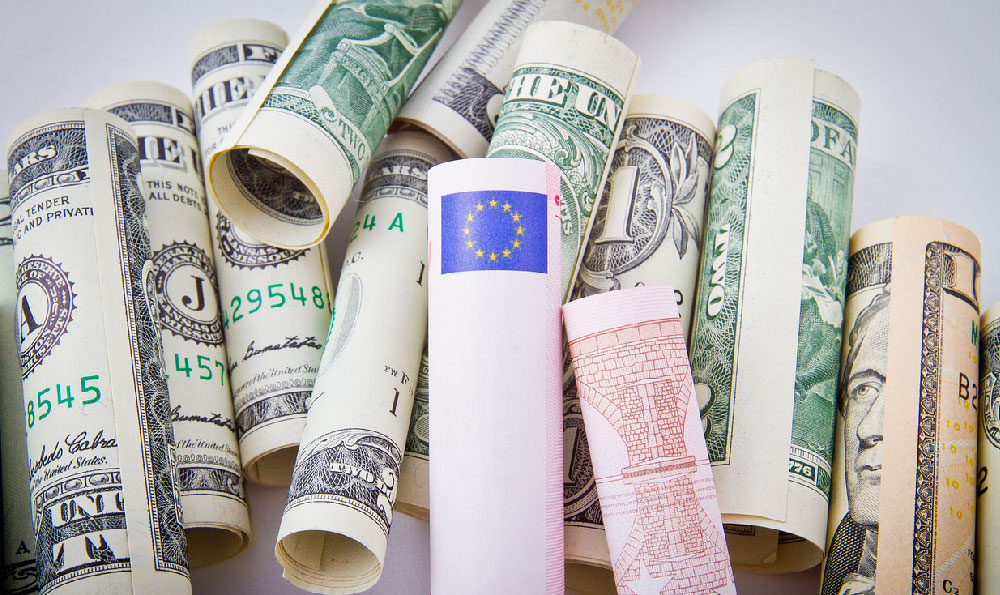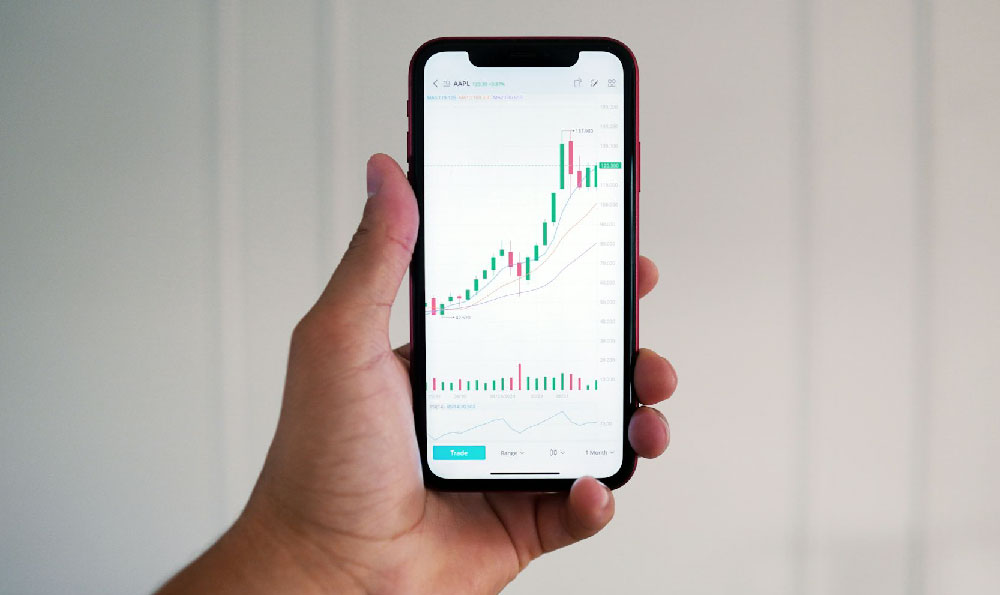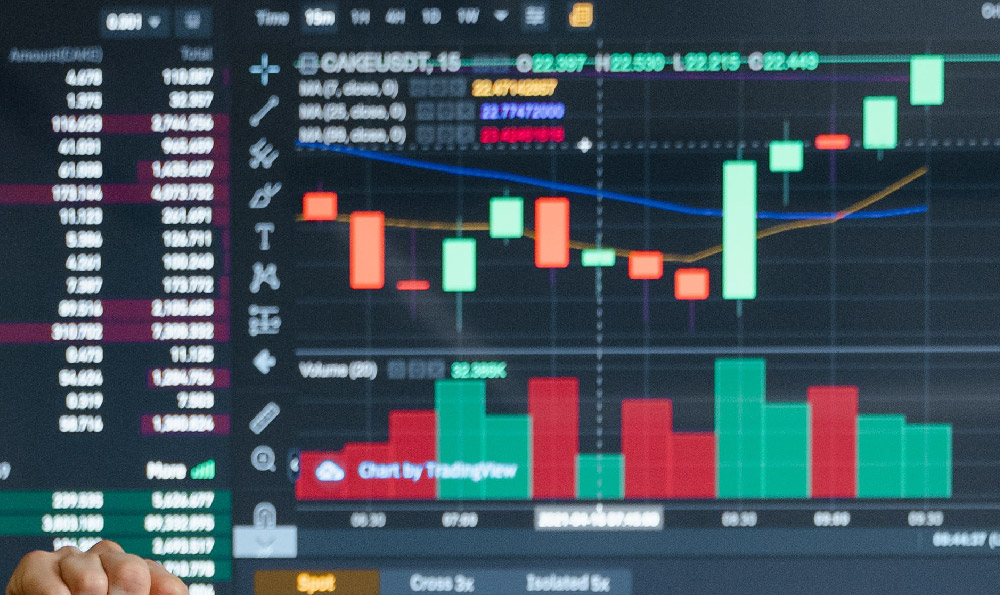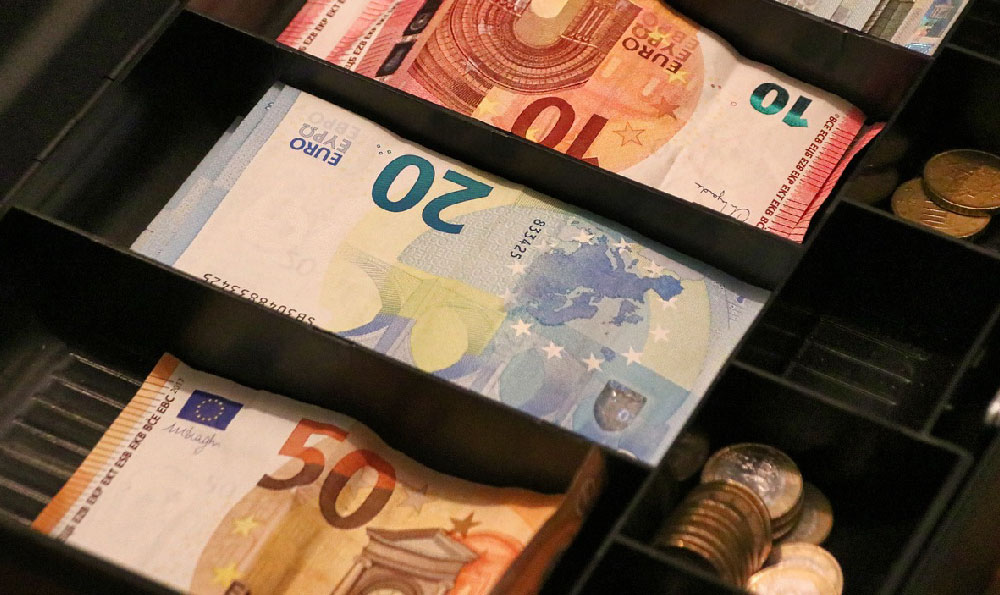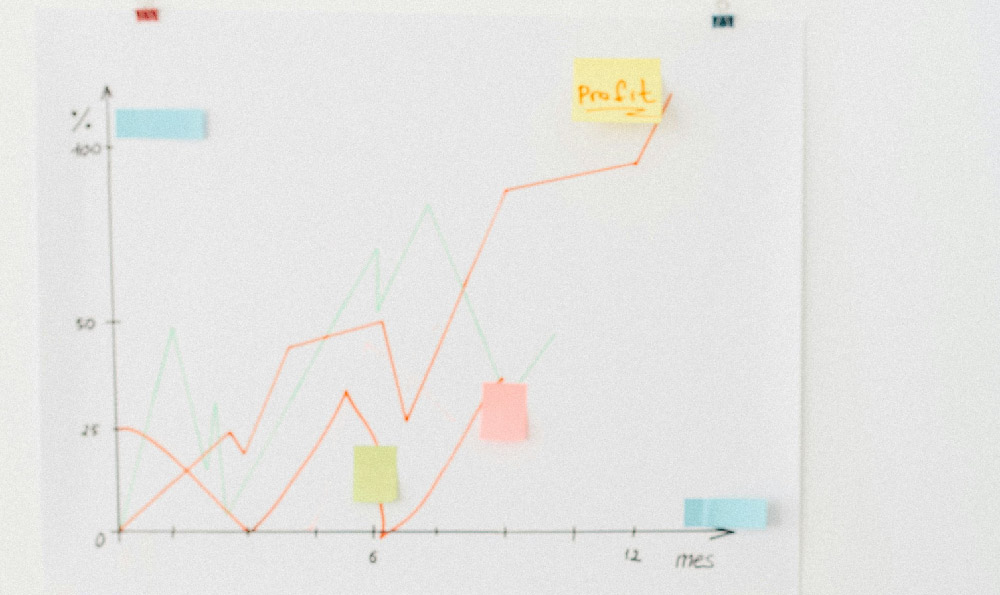Alright, let's delve into the potentially lucrative, yet often unpredictable, world of YouTube monetization. The question "How much can you earn on YouTube, and is it profitable?" is deceptively simple. The answer, however, is anything but. It's a complex equation factoring in view counts, subscriber demographics, engagement rates, ad formats, and a whole host of other variables. To understand the true earning potential of YouTube, we need to dissect these factors and approach the platform with a blend of creativity and strategic financial planning.
First and foremost, let's address the elephant in the room: ad revenue. YouTube's Partner Program (YPP) is the gateway to monetization, but entry requires meeting specific criteria. You need at least 1,000 subscribers and 4,000 valid watch hours within the past 12 months. Once accepted, you can enable ads on your videos, earning a portion of the revenue generated from those ads. This revenue is typically measured by CPM (Cost Per Mille, cost per thousand impressions) and RPM (Revenue Per Mille, revenue per thousand views).
The CPM varies wildly depending on several factors. Geographical location is a major one. Ads served in the US, Canada, and Western Europe tend to command higher CPMs compared to those in developing countries. This is due to higher advertising rates and the economic purchasing power of viewers in those regions. Content niche also plays a significant role. Finance, technology, and business-related content typically attract advertisers willing to pay more, as their target audience often has higher disposable income. Conversely, gaming, entertainment, and vlogging channels might see lower CPMs. Seasonal factors also influence CPM. Advertising spending tends to increase during holidays and major events, boosting CPMs for creators.

RPM, which is a more useful metric, takes into account all revenue sources, including ads, YouTube Premium revenue (when Premium subscribers watch your content), channel memberships, Super Chat, and Super Stickers. However, even RPM fluctuates. The most common range for RPM is between $1 to $5 per thousand views, but some creators can earn significantly more, while others earn less. High RPMs require a potent blend of engaging content, a loyal audience, and strategic ad placement.
However, relying solely on ad revenue is a precarious strategy. YouTube's algorithm is notorious for being unpredictable, and ad revenue can be affected by policy changes, content demonetization, and even viewer preferences. Smart YouTubers diversify their income streams beyond AdSense.
One of the most common alternative strategies is affiliate marketing. By promoting products or services in your videos and providing affiliate links in the description, you can earn a commission on every sale generated through your links. This can be particularly lucrative for channels focusing on product reviews, tutorials, or lifestyle content. Success in affiliate marketing hinges on authenticity and trust. You need to genuinely believe in the products you're promoting and be transparent about your affiliate relationship with viewers.
Another popular revenue stream is selling merchandise. T-shirts, hoodies, mugs, and other branded products can generate significant income for channels with a dedicated fan base. Platforms like Shopify and Printful make it relatively easy to set up an online store and manage the production and fulfillment of merchandise. Again, the key is to offer products that resonate with your audience and reflect your brand.
Channel memberships offer another way to monetize your content. By offering exclusive perks to paying members, such as behind-the-scenes content, early access to videos, or personalized shout-outs, you can create a recurring revenue stream. This works best for channels that have cultivated a strong sense of community and have a loyal following.
Super Chat and Super Stickers allow viewers to pay to have their messages highlighted during live streams and premieres. This can be a significant source of income for channels that frequently host live events and have a highly engaged audience.
Brand sponsorships are another potentially lucrative, though more difficult to attain, revenue source. Working with brands to create sponsored content can generate substantial income, especially for channels with a large and engaged audience in a specific niche. Landing sponsorships requires building a strong brand, creating high-quality content, and effectively pitching your channel to potential sponsors.
So, is YouTube profitable? The answer is a resounding "it depends." It depends on your content, your audience, your monetization strategies, and your dedication. Earning a significant income on YouTube requires a substantial investment of time, effort, and resources. It's not a get-rich-quick scheme. It requires consistent content creation, audience engagement, and a willingness to adapt to the ever-changing landscape of the platform.
Moreover, don’t underestimate the importance of understanding YouTube analytics. Deep dives into your channel’s performance metrics will reveal crucial insights into what resonates with your audience, which videos are performing well, and where viewers are dropping off. This data can inform your content strategy, allowing you to create more engaging and effective videos.
Finally, be wary of "get rich quick" schemes or promises of guaranteed success. There are countless services and tools that claim to boost your views, subscribers, and revenue, but many of these are either ineffective or, worse, violate YouTube's terms of service and can lead to channel suspension. Focus on creating high-quality content, building a genuine connection with your audience, and diversifying your revenue streams. With hard work, dedication, and a strategic approach, you can increase your chances of achieving financial success on YouTube. The platform offers immense potential, but it’s a marathon, not a sprint.




